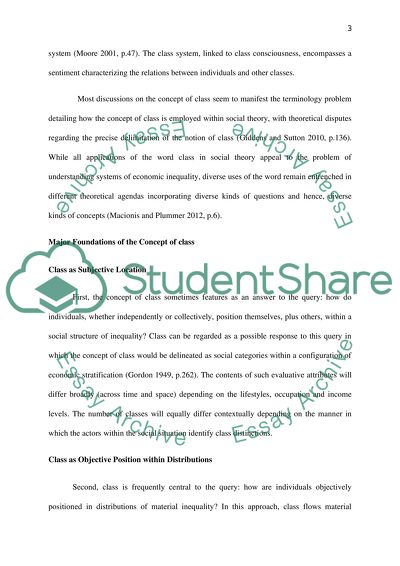Cite this document
(“What Is Social Class How Is It Measured And Why Does It Matter Essay”, n.d.)
What Is Social Class How Is It Measured And Why Does It Matter Essay. Retrieved from https://studentshare.org/sociology/1463384-what-is-social-class-how-is-it-measured-and-why
What Is Social Class How Is It Measured And Why Does It Matter Essay. Retrieved from https://studentshare.org/sociology/1463384-what-is-social-class-how-is-it-measured-and-why
(What Is Social Class How Is It Measured And Why Does It Matter Essay)
What Is Social Class How Is It Measured And Why Does It Matter Essay. https://studentshare.org/sociology/1463384-what-is-social-class-how-is-it-measured-and-why.
What Is Social Class How Is It Measured And Why Does It Matter Essay. https://studentshare.org/sociology/1463384-what-is-social-class-how-is-it-measured-and-why.
“What Is Social Class How Is It Measured And Why Does It Matter Essay”, n.d. https://studentshare.org/sociology/1463384-what-is-social-class-how-is-it-measured-and-why.


